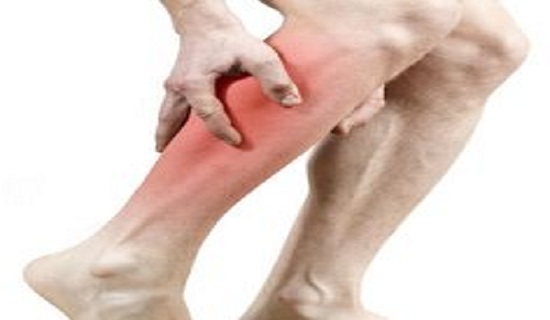MTHFR is a genetic mutation that can change the way some people metabolize and convert important nutrients from their diets into active vitamins, minerals and proteins. If you cannot convert your vitamins, most importantly B12 and folate, into their active forms, you cannot absorb or utilize them. These are necessities in our body for red blood cell formation, making DNA, and normal functioning of our brain and nervous system.
MTHFR mutations affect every person differently, sometimes contributing to hardly any noticeable symptoms at all, while other times leading to serious, long-term health problems.
It's believed that up to 50 percent of all people might carry a mutation in the MTHFR gene, which is inherited and passed down from parent to child.
Researchers realized that people with this type of inherited mutation tended to develop certain diseases, including ADHD, Alzheimer's, atherosclerosis, cardiovascular diseases, reproductive disorders, depression and anxiety disorders, gut dysfunction, autoimmune disorders and autism, more often than those without the mutation.
To date, there have been dozens of different health conditions tied to MTHFR mutations, although just because someone inherits this mutation doesn't mean that person will wind up experiencing any problems.
Treatments for Symptoms:
- Consume More Natural Folate, Vitamin B6 and Vitamin B12 - also taking proper quality supplementation
- Avoid Folic Acid and Cyanocobalamin: These are the synthetic versions of our folate and B12, which our bodies cannot use well if we have an MTHFR mutation. These have also been shown to worsen symptoms associated with the mutations.
- Treat Digestive Problems, Including Leaky Gut and IBS: Digestive complaints are common among people with MTHFR A mutations.
- Reduce Anxiety and Depression: Because of how it can negatively affect levels of neurotransmitters and hormones like serotonin, testosterone and estrogen, MTHFR mutations are tied to higher incidences of mental disorders, including anxiety, depression, bipolar disorder, schizophrenia and chronic fatigue. High levels of stress can also make MTHFR mutation symptoms even worse.
- Protect Heart Health: Studies show that homocysteine (an amino acid) levels tend to rise with age, smoking and use of certain drugs, so the first step is to focus on taking care of yourself as you get older and limiting use of harmful substances. Homocysteine can also rise with a deficiency in B12 and Folate, which is common in MTHFR when you cannot utilize what you're taking in.
TreatmentBenchmark Medical Group Functional Medicine and Medical Nutritional Counselling is different than any other traditional doctor or weight loss program. We combine modalities and techniques that no other facility can offer.
We utilize a combination of high quality injectables and supplementations, InBody Body composition analysis, individualized counselling and nutritional planning, diagnostic medical labs including nutrient testing, saliva hormone testing, food sensitivity, cardiovascular detailed panels, and gut dysfunction testing, We are able to successfully treat and resolve the symptoms within a few short sessions. We then work to resolve the causing issues and find a sustainable plan and regimen for lifelong health and wellness.



